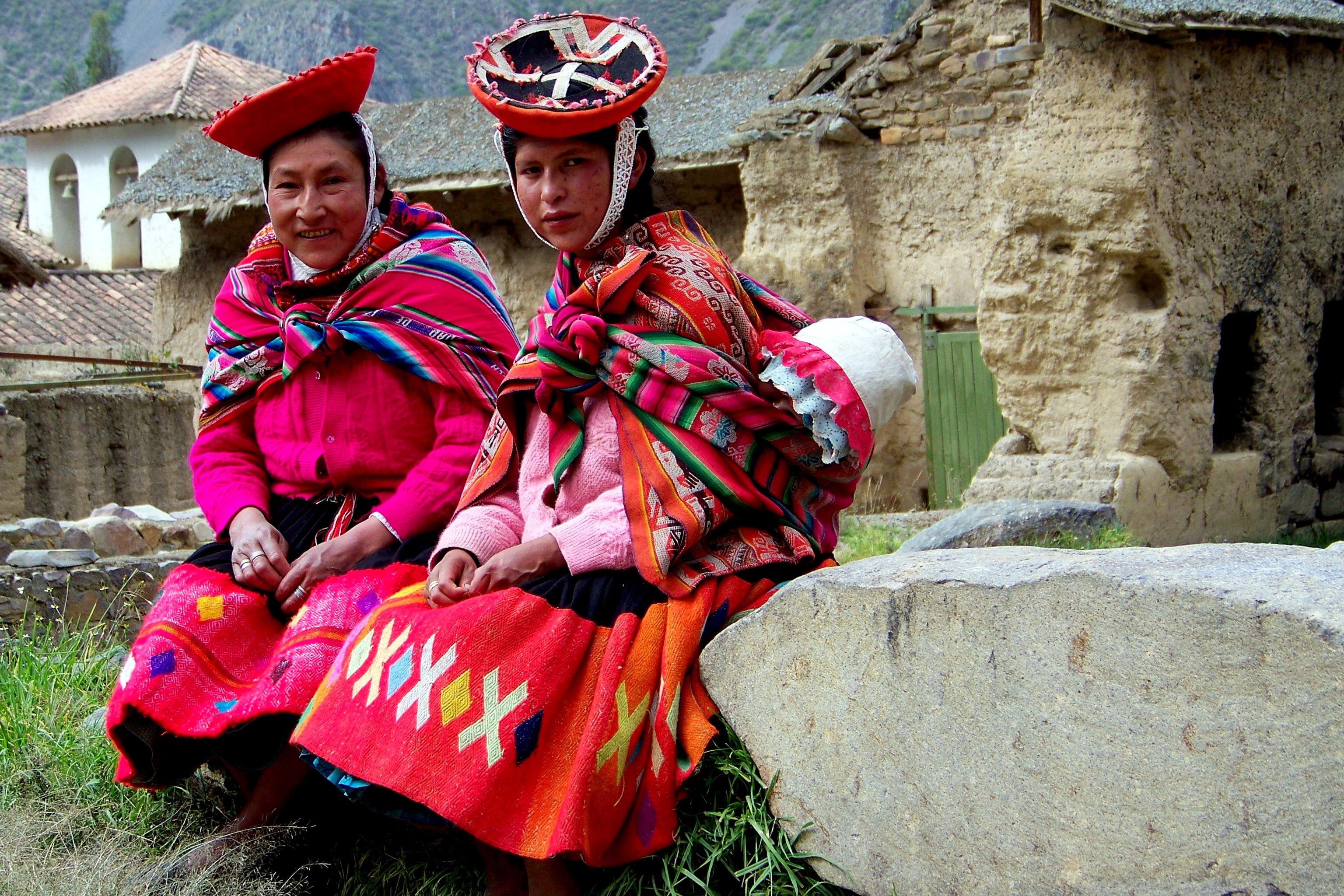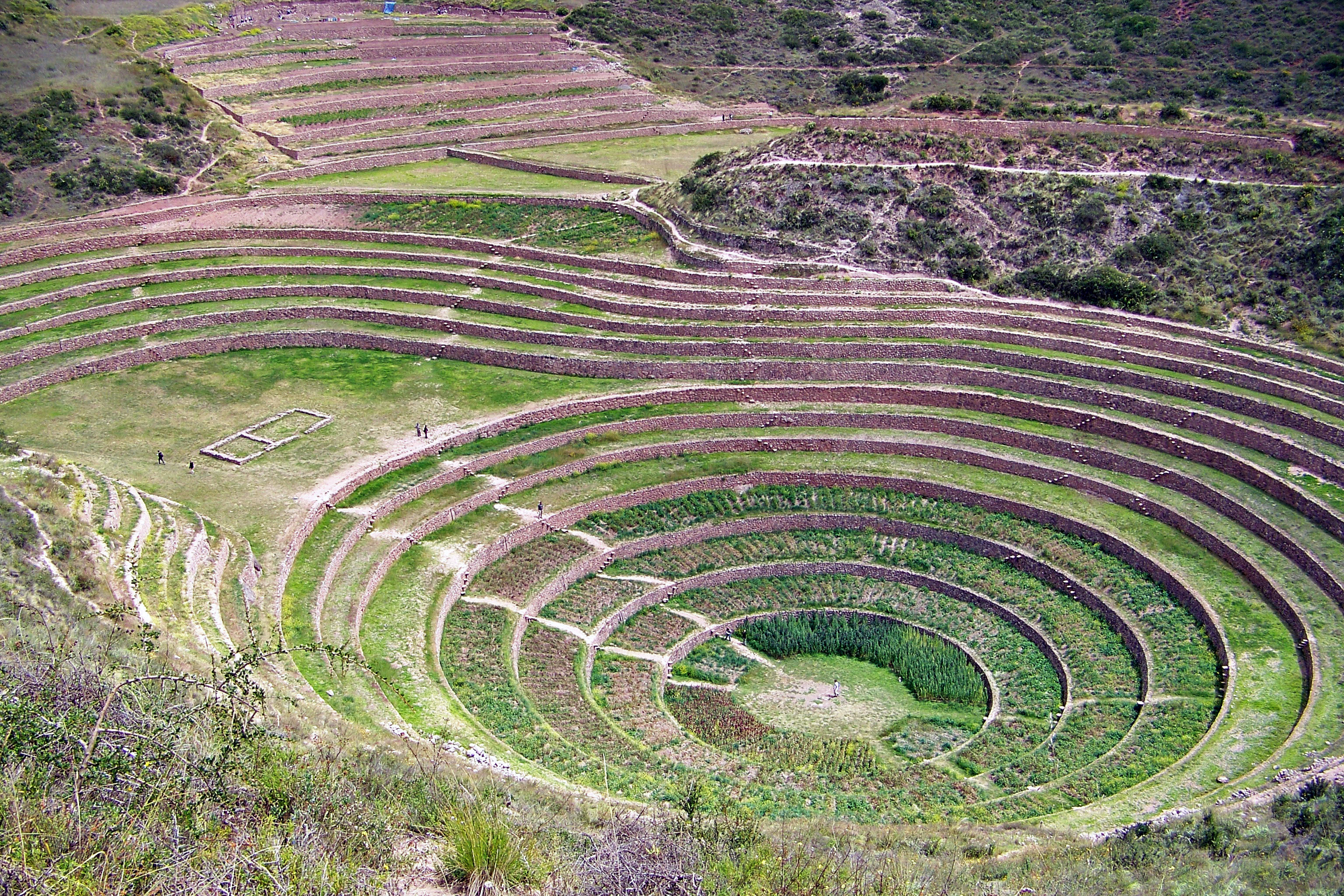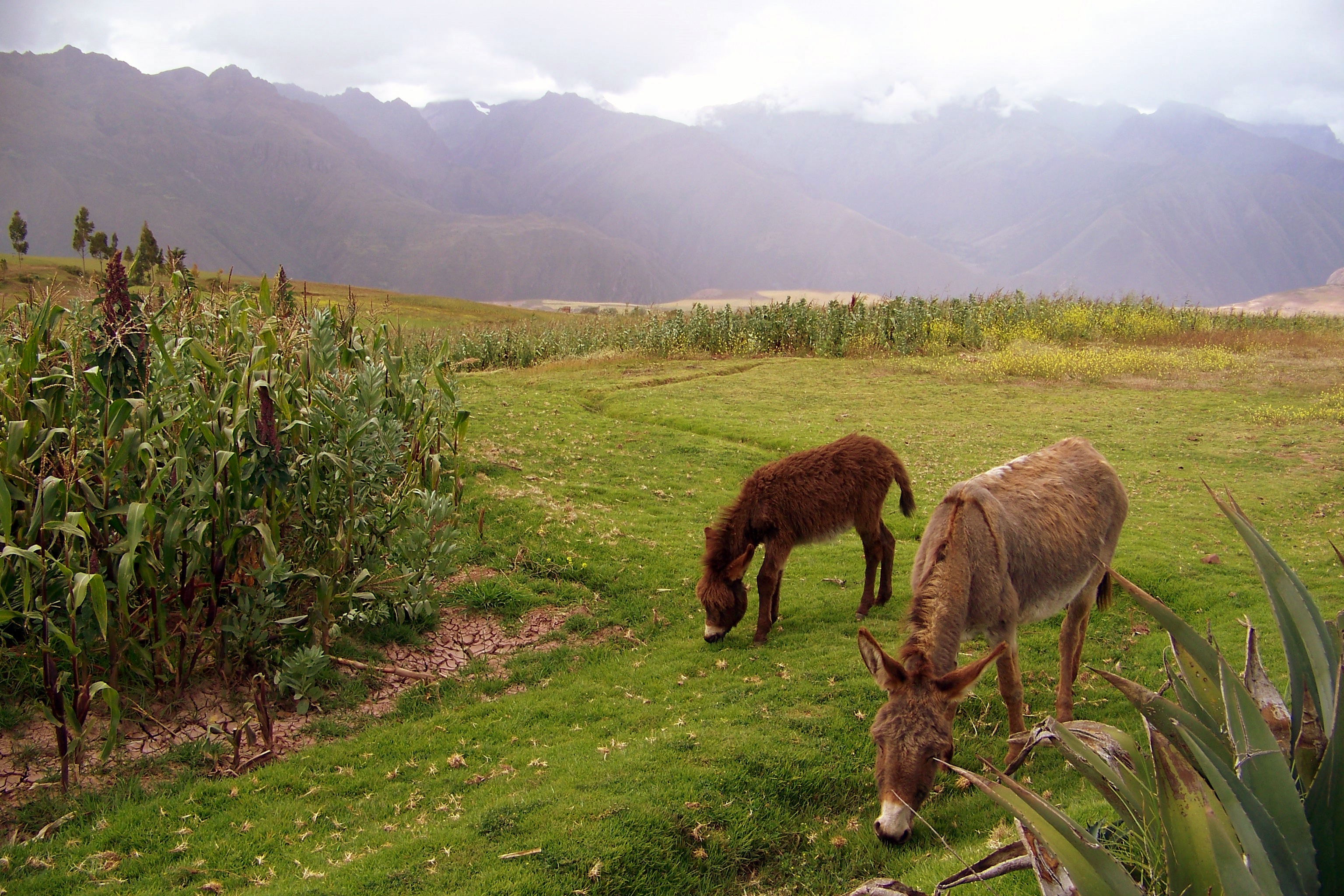I am currently hiking several miles of hillside trails every week to prepare for my role as guide for Zephyr Adventures’ Royal Inca Trail trek to Machu Picchu, starting on October 17. The dust dims the sheen of my new backpacking boots, my packing list gets longer, and I read (tragic) stories from the 1500s about the conquest of Peru. I go to the gym, I dive into my full-time day job and I give the occasional skate lesson, but really, my heart and head are in Peru for a good portion of every day.
All of my discretionary listening time right now is filled with Spanish love songs and verb conjugation audio tracks. I pore over the guide books and maps I collected for my first trip in 2008. Since I have already hiked the Classic Inca Trail as a customer, I have a journal and my Machu Picchu photo album to help me visualize a lot of what I will encounter on the slightly different routes we will follow this time.
I wish everybody could have such an adventure! Since I realize that’s not possible, I thought it would be nice to share a snippet from my April 21, 2008 journal entry and some of the photos I took the day we explored the Sacred Valley of the Incas. After exploring the local ruins at Ollantaytambo, our next stop was the Moray ruins that served as a unique Incan agricultural laboratory. From there we hiked down to the salt collection pools at Maras.
April 21: This morning we explored the Ollantatambo ruin in town after hearing a fascinating history lesson from Santiago. Then we drove into the western hills at 11000 ft above to view the Inca laboratory ruin, Moray, where each terrace of the circular rings contained different soils and growing temps to experiment with developing high altitude strains of precious coca and other foods.
We hiked a trail through hilly farmland with a variegated green quilt climbing every slope in the background. Snow capped peaks jutted into the clouds across the Urubamba valley. After an easy stroll, we passed through a little town and then stopped for a picnic of hot soup, chicken and boiled spuds, and a desert pastry presented on a tented overlook by bus driver Freddy.
After lunch we rolled through a hail downpour on the drive to the salt pools created from a mineral stream 700 years ago and still in production. We were grateful the rain had stopped by the time we started the descent along the left side of the 2000 ponds ranging from glistening white to dry terracotta. These are tended by caretaker families, as they have been since salt cultivation began here. Santiago says most of Lima’s salt comes from this operation.





